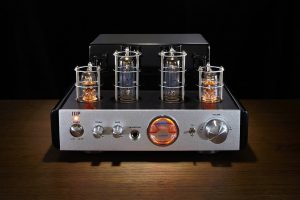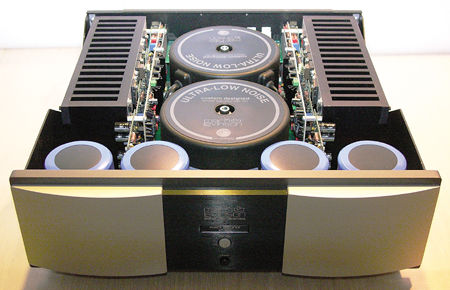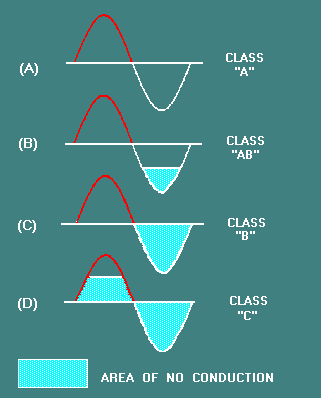An amplifier is an electronic device that takes a signal and increases the amplitude significantly in order to power speakers or headphones. Amplifiers come in many shapes and sizes and are designed for several purposes. There are amplifiers specifically for headphones, loudspeakers, and subwoofers. In general, there are three electronic components that do the job of amplifying signal: tubes, transistors, and integrated circuits.

Circuits built around these components vary in complexity, output power, size, and sound. Tube amplifiers are usually the largest and most expensive. They are more difficult to implement in a high quality amplifier. Transistors are smaller, but still require a relatively large amount of space and power to implement. Integrated circuits are the smallest and easiest to build around.
“An amplifier needs a lot of power and a well-designed circuit to deliver that power.”

Amplifiers are designated into different classes based on their power efficiencies and quality of output signal. The most common amplifier classes are A, AB, and D. Class A is the least power efficient, but the most linear in how it handles the input signal. Class D is the most efficient, but doesn’t sound as natural. Class AB is a compromise between sound and efficiency. Also, Class A is usually the largest form factor, while Class D is the smallest. Any amplifier relies heavily on its power supply. The power received by the amplifier stage needs to be the correct value and be relatively linear. A power supply needs to store a large amount of energy as well. This is usually accomplished with high value capacitors and quality transformers.

Finally, the speaker is the last part of producing music. High quality speakers can help to improve the music quality significantly.
SITE MAP